
Breast cancer or a malignant breast neoplasm is a cancer that originates from the breast tissue. Most commonly the breast cancer starts from the inner lining of milk ducts or lobules that supply ducts with milk. The location of cancer determines the type of breast cancer: ductal carcinoma or lobular carcinoma. As any other type of cancer it occurs as a result of mutations or abnormal changes in the genes responsible for regulating the development of cells and keeping them healthy. A tumor can be benign or malignant. Benign tumors are not cancerous and they don’t invade surrounding tissues. Unfortunately, malignant tumors are cancerous and they can sometimes spread from the original location to the other parts of the body. Left untreated, or detected in the advanced phase, this disease may be very dangerous and potentially fatal.
Statistics
It is estimated that about 1 in 8 women in the United States will develop invasive breast cancer over the course of her lifetime. Experts expect 207,090 new cases of invasive breast cancer to be diagnosed in women in the United States, during this year. This should be accompanied with 54,010 new cases of non-invasive breast cancer. It is expected that approximately 39.840 women in the United States will die from breast cancer in the year of 2010. Breast cancer death rates in the United States are higher than those of any other kind of cancer. Besides skin cancer, it is the most commonly diagnosed cancer among American women. Approximately 28% of all cancers in women are breast cancers. About 70-80% of breast cancers occur in women who have no family history of breast cancer.
Risk factors
Approximately 12.7% of all American women will develop breast cancer over the course of their lifetime. In each decade of life the risk of getting breast cancer is actually lower. The younger the women is the lower is her risk. From age 30 to 39, risk is somewhere around 0.43%, from age 40 to 49 risk is 1 in every 69 women, or 1.4%, from age 50 to 59, risk is around 2,6% and from the age 60 to 69, the absolute risk is approximately 3.7%.
The individual risk factor may be higher or lower, depending on many different elements such as family history, reproductive history, race etc. For example, women who have two or more drinks per day have 25% higher risk of breast cancer. Other risk factors include being overweight, diet high in red meat and other animal fats, sedentary lifestyle, smoking, exposure to estrogen, oral contraceptive use stress and anxiety.



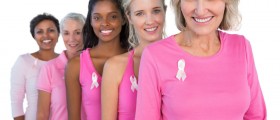


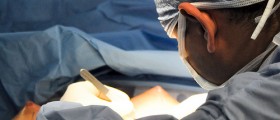



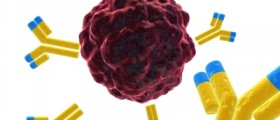
_f_280x120.jpg)
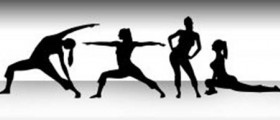
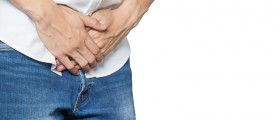

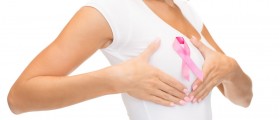
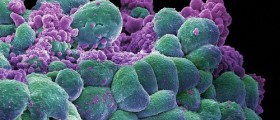
Your thoughts on this
Loading...